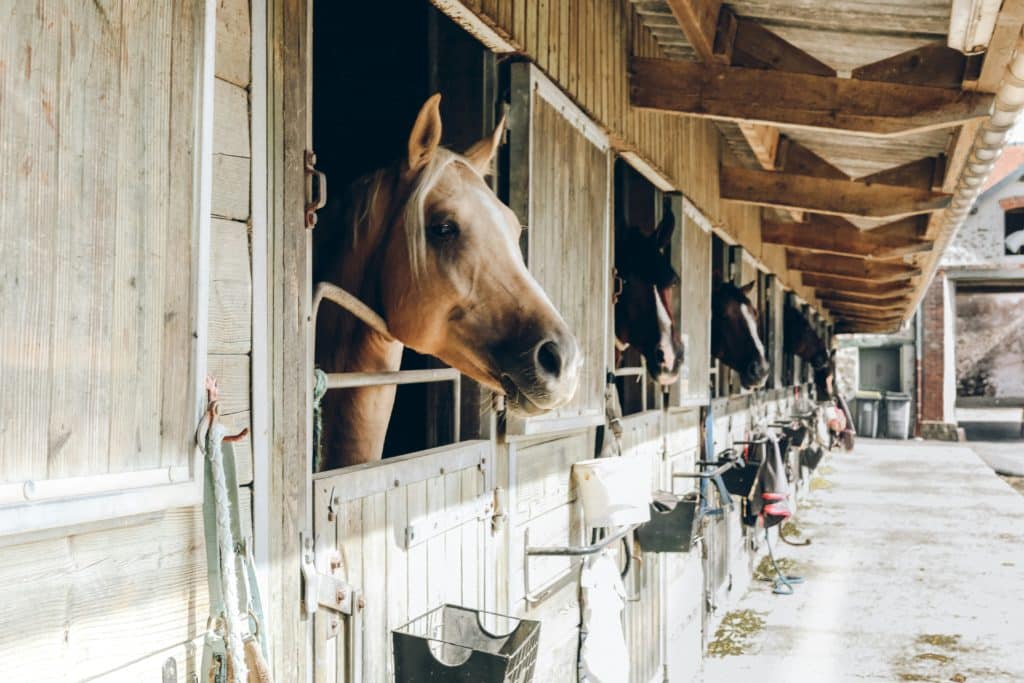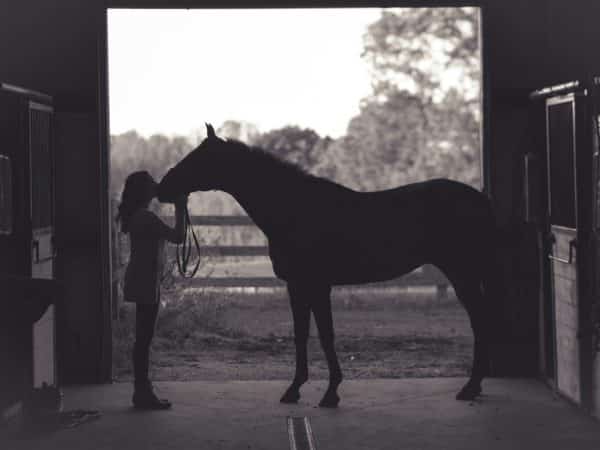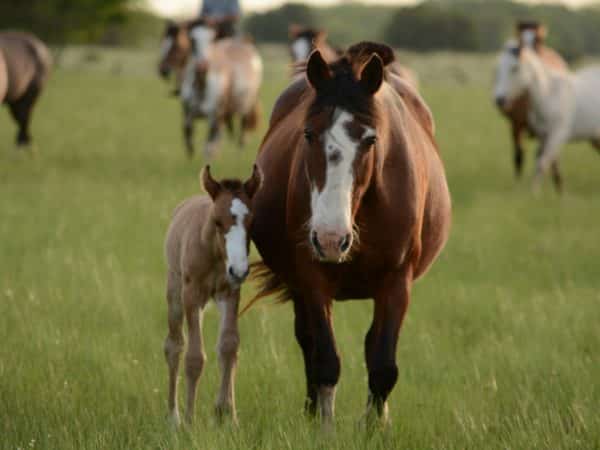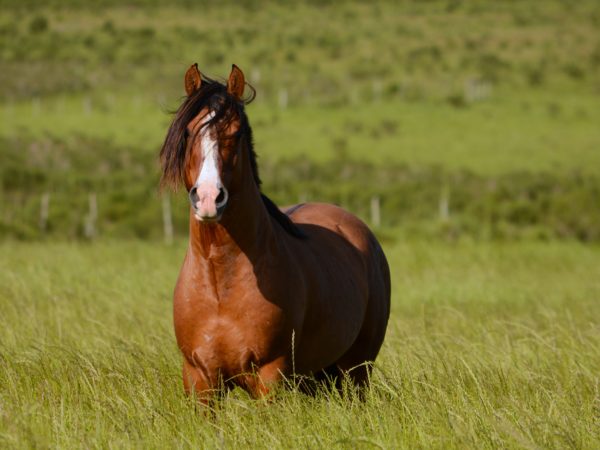
A secure stable is essential for the well-being of horses and the peace of mind of their owners. Whether you are a professional or an enthusiast, optimizing stable safety helps prevent accidents and ensures the comfort of your horses. Discover our practical tips to enhance your stable’s security.
1. Fire Prevention: A Major Risk
Fires pose a serious danger in stables, and one of the most common causes is hay storage. Did you know that improperly dried hay can heat up internally and ignite? Storing hay in a separate, well-ventilated area and regularly monitoring for heat build-up can prevent this hidden risk.
For further prevention:
- Store hay and bedding in a separate, well-ventilated building, away from the main stable.
- Have electrical installations inspected regularly to prevent short circuits.
- Strictly prohibit smoking near the stable.
- Install fire extinguishers in strategic locations and train your team on their use.
- Implement a clear evacuation plan that is visible to everyone.
- Consider using smart monitoring tools to remotely control temperature variations in the stable. Modern systems like the Coho camera and app allow you to monitor ambient temperature and receive alerts in case of excessive heat.
2. Securing and Maintaining Infrastructure
Well-maintained facilities minimize the risk of accidents:
- Opt for non-slip and well-drained flooring to prevent falls.
- Keep aisles clear of obstacles and unused equipment.
- Regularly inspect doors, hinges, and fences.
- Install sturdy fences to prevent escapes and injuries.
3. Monitoring and Security: Continuous Protection
A well-secured stable is not limited to sturdy fences and locked doors. Monitoring movements in and around the stable—whether detecting a stressed horse at night or identifying an intrusion—adds an extra layer of protection. A remote monitoring system allows you to act before a problem arises.
- Install a camera system to monitor the stable and your horses, and prevent health risks with a smart system like Coho.
- Use motion-sensor lighting to deter intruders.
- Maintain a log of horse behavior and health to anticipate problems.
- Smart systems can also alert you to an unexpected stall door opening or a horse escaping thanks to a door sensor, thus preventing accidents or unsupervised access to feed.
- Some systems even detect human presence and take a photo during an intrusion.
4. Ventilation and Air Quality: Protecting Respiratory Health. To prevent respiratory diseases in horses, consider:
- Ensure good ventilation in stalls and common areas.
- Regularly clean stalls to limit dust and bacteria.
- Use dust-free bedding for a healthier environment.
5. Feeding and Hydration: Safety and Well-being
Constant access to healthy feed and clean water is essential:
- Ensure horses always have fresh water, even in winter.
- Store feed in airtight containers to prevent contamination.
- Distribute rations individually to prevent aggression among horses.
6. Emergency Management: How to Respond
Prepare for unforeseen events with these key measures:
- Keep a complete first-aid kit readily available.
- Train your staff in first aid and emergency procedures.
- Develop a detailed evacuation plan in case of fire or natural disaster.
7. Horse Handling: A Safe Practice
Appropriate handling practices significantly reduce the risk of accidents:
- Thoroughly train grooms and riders in safe handling techniques.
- Check the condition of halters and lead ropes to prevent incidents.
- Never leave a horse tied up unsupervised.
Conclusion: Making Safety a Daily Priority
Stable safety relies on prevention and regular monitoring. By adopting these best practices, you ensure a safer and more peaceful environment for your horses and your team.
Equine safety is a continuous process, not a one-time checklist. What measures have you implemented to improve your stable’s safety? Regularly reviewing your safety measures can make all the difference in keeping your horses safe.
IFCE: Horse Welfare


